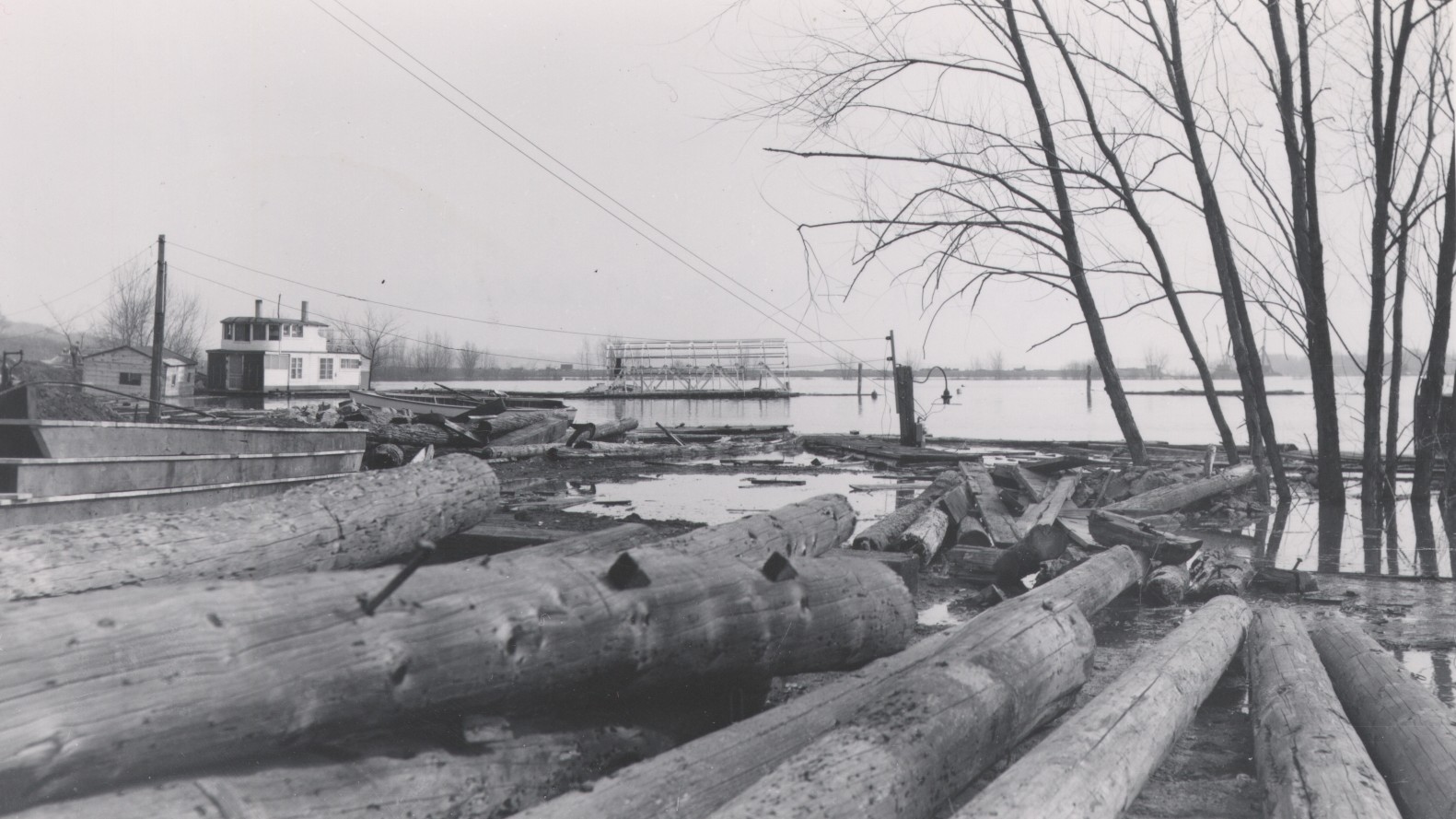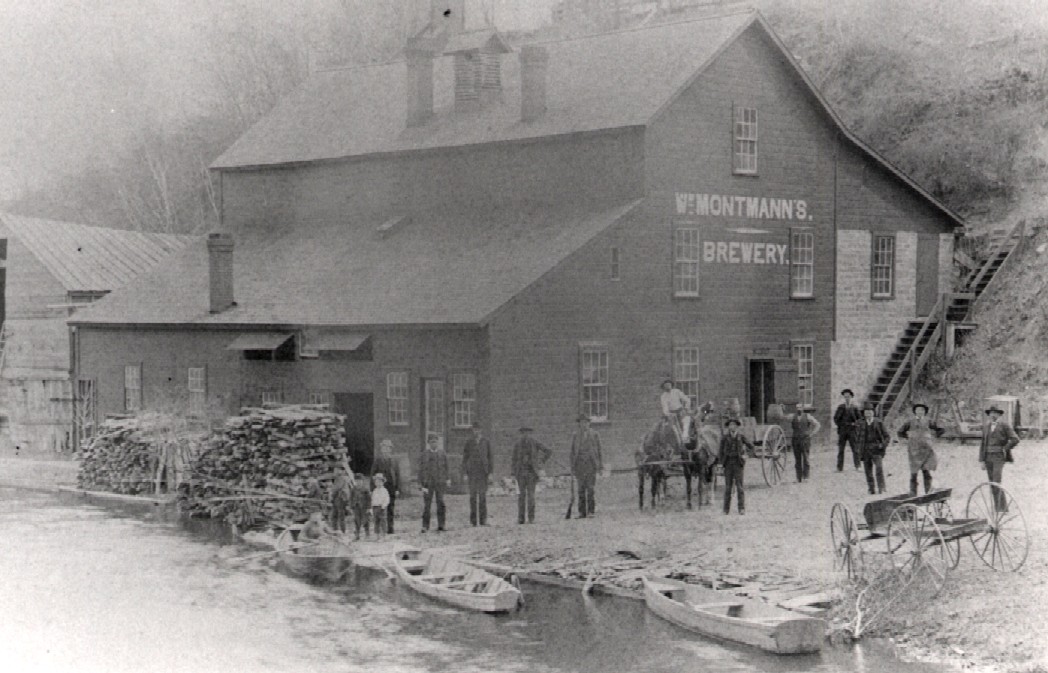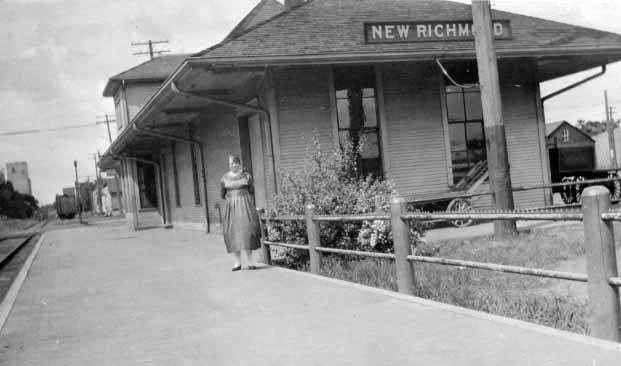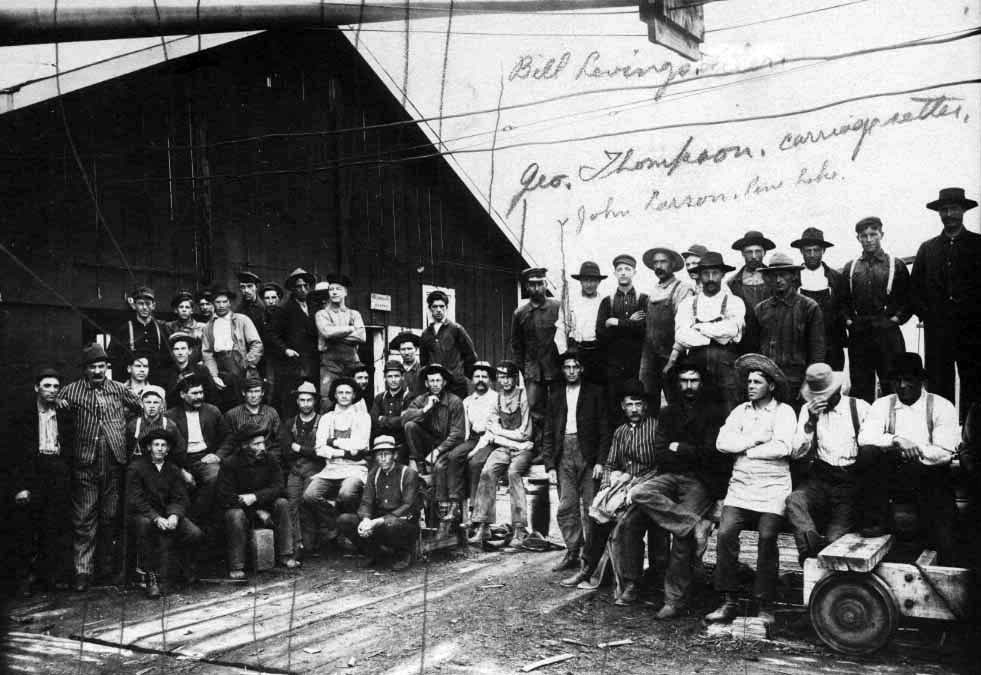UNIVERSITY OF WISCONSIN River Falls
University Archives and Area Research Center
Brief History of Saint Croix County, Wisconsin
Saint Croix County once comprised most of northwestern Wisconsin and part of what is now northeastern Minnesota. Its Indian culture dates back thousands of years to the tribes of the Dakota and Ojibwa.
There are many stories as to how Saint Croix County received its name, the most popular, however, seems to be that of Father Hennepin, a French missionary explorer. A prisoner of the Dakota Indians in 1680, Father Hennepin was one of the first white visitors to the area. The name of Saint Croix means Holy Cross. The peninsula formed by the Saint Croix River and the Mississippi River was neutral territory between the Dakota and the Ojibwa, leaving it relatively open for settlement.
The first white occupants of the area that became Saint Croix County were the fur traders and explorers. In 1793 a trading post was established along the Saint Croix River by Laurient Barth, Jacques Portier, and Charles Reaume. Trade with the Indians continued for many years, dropping off in 1834 when farmers began moving into the area. The lumber industry took hold in the area in the spring of 1840 when the Saint Louis Lumber Company sent a work party to the Falls to begin work on a mill. At this time it was the pines north of the area that were in demand rather than the hardwoods of Saint Croix County. The Saint Croix River was opened to trade and travel in 1839 with the arrival of the steamer Palmyra. The Saint Croix River and the area that would become Saint Croix County were important in the transportation of these pine logs. Saint Croix County was created by an act of the Wisconsin Territorial Legislature in 1840 from part of Crawford County. In 1846 the towns of Stillwater and Saint Paul were established as election precincts for Saint Croix County until territorial boundaries shifted in the years following.
When Wisconsin was admitted to the Union as a full-fledged state in 1848, the western boundary was set at the Saint Croix River, thus creating the western boundary of the county. After this, Saint Croix County was still considerably larger than it is today—including what is now Pierce and Polk counties—until a final reorganization of county boundaries in 1853. The towns of Elizabeth and Buena Vista were laid out at the first meeting of the county board of supervisors in 1849. Elizabeth was renamed Prescott in 1851. Buena Vista was changed to Willow River and changed again to Hudson in 1852, as it remains today.
The first farmer in Saint Croix County was Joseph Haskell, who began his endeavors in 1840 and was soon followed by others. By the late 1840s much more was taking shape. A post office was opened in Stillwater in 1845. By 1847 frame houses were appearing and by the following year a boarding house had been opened in Hudson by Moses Parrington. It wasn't until 1849, when a U.S. Land Office was established in Hudson, that the county's population really began to grow—doubling between 1860 and 1870 and only continuing to climb.
One major line of rail transportation that ran through Saint Croix County was the Hudson and River Falls Railway, which was connected with the through line of Chicago, Milwaukee, St. Paul and Omaha Railway. By 1880 wheat was the staple crop of the county, but by the end of the 1800s Saint Croix County began to turn to dairying. An early cheese factory was established in Roberts in 1883 and by 1895 the county had seven cheese factories and 14 creameries as well as a brewery.
Compiled by Rebecca Zarling in 2005, updated by ARC staff in 2011.
_____________________________________________________________________________________________________________________________
Sources
History of Northern Wisconsin (Chicago: Western Historical Company, 1881): UWRF ARC F 581 .H67.
Westward to the St. Croix: The Story of St. Croix County, Wisconsin, Harold Weatherhead (Hudson, Wis.: St. Croix County Historical Society, 1978): UWRF ARC F 587 .S13 W43.


















